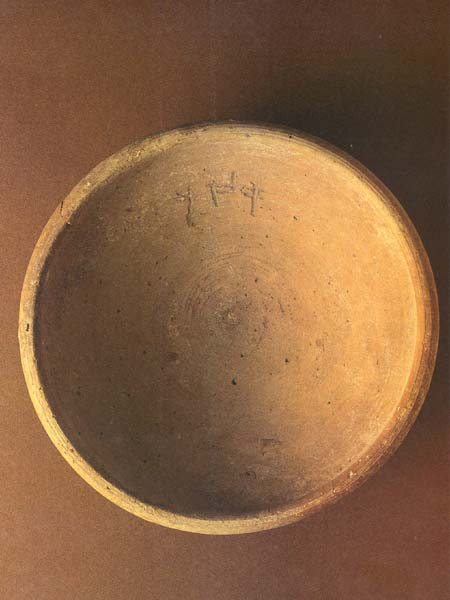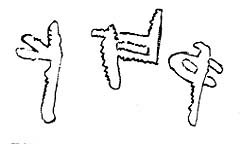

I believe I may have discovered the world’s earliest poorbox—a tangible expression of Israel’s ancient concern for the needy among its people.
On one of my frequent visits to Jerusalem’s Rockefeller Museum, I noticed an object that I had seen many times before in one of the cases: a pottery bowl with an inscription. It had been unearthed long ago—in fact, 80 years ago, during the 1911–1912 excavations at Beth Shemesh in the Shephelah, the lowland west of Jerusalem, in a dig headed by the British archaeologist Duncan Mackenzie.1 But this time I decided to study it anew because of my interest in the connections between ancient inscriptions and the shapes of the objects upon which they are inscribed.
The bowl has a typical Judean form, easily datable to the late eighth century B.C.E.a It is 7.5 inches across the top, reddish in color, burnished (rubbed to make the surface smooth and to eliminate the porosity of the surface), with lighter-red or pink concentric parallel lines on the inside. Many examples of this type of bowl were found in the ruins of level III at nearby Lachish, destroyed by Sennacherib in 701 B.C.E.
Already a library member? Log in here.
Institution user? Log in with your IP address.

